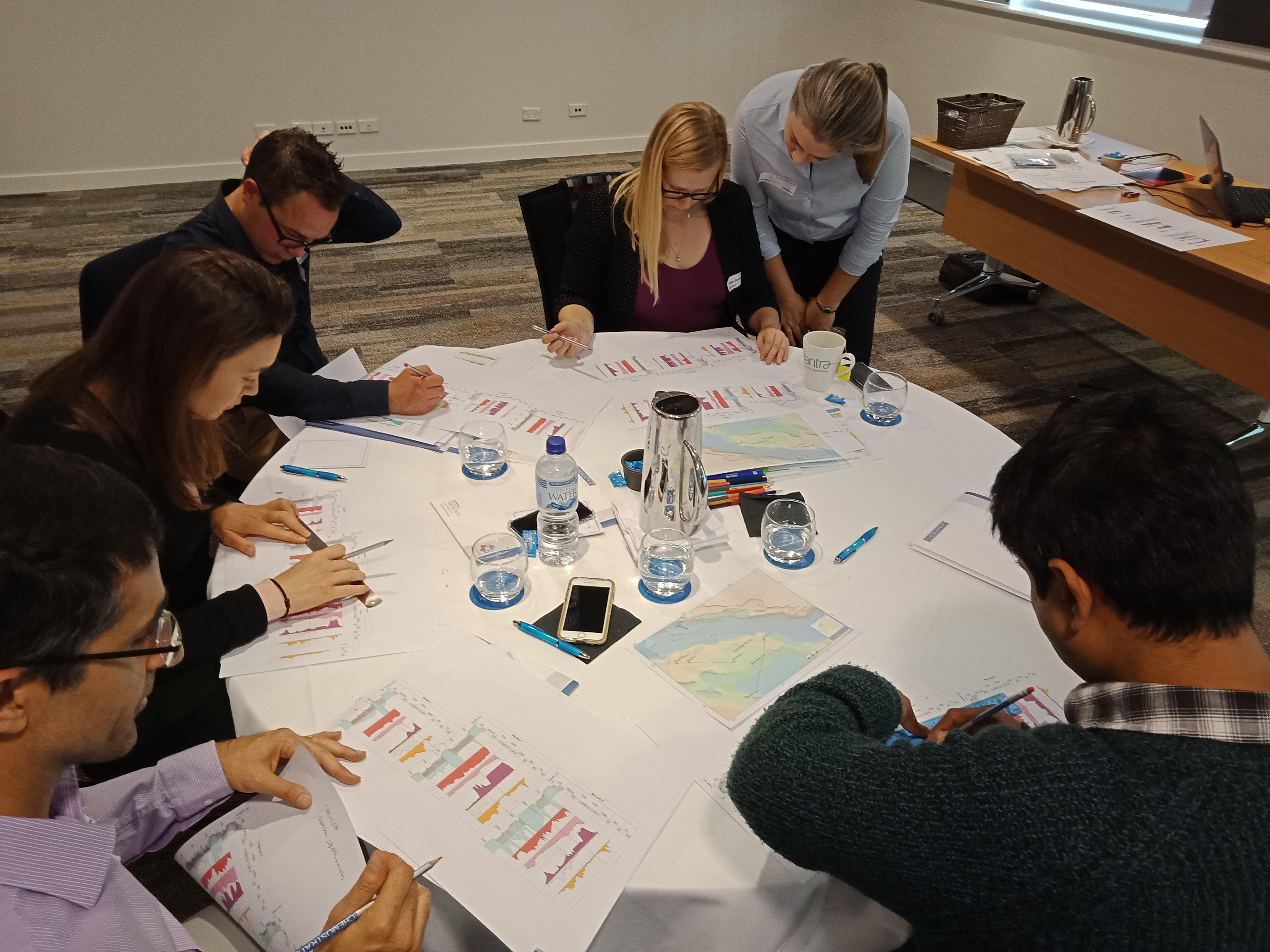May the Fourth Be With You!
Friday, 4 May was not only a great day to celebrate the Star Wars Day, but it was also the first time a Chemostrat open-training session had been made available in Perth. This short course was hosted by PESA WA Branch, and we acknowledge and thank Carnarvon Petroleum for generously sponsoring the students who attended the course.
It was well attended with major O&G companies, state government, service companies and academia all represented. Chemostrat has analysed and interpreted over 200 wells on the North West Shelf for elemental analysis, the majority of which is now open-file, so workers in the region are increasingly encountering the data and are exploring what can be done with this resource.
Course Presenter, Dr Anne Forbes, has been at the forefront of interpreting Australian data at the Chemostrat office in Perth for the past 5 years. Whilst the fundamentals of bulk rock geochemistry may be relatively simple to conceptualise for geologists, the lack of familiarity of this data means that a table of 50 element concentrations can be quite daunting. Anne took the process one step at a time, explaining what types of data can be used and how the data is acquired, all the pitfalls and quality control that goes into providing the most accurate and representative dataset. She then outlined the methods commonly used to choose which elements and ratios will be useful, what mineral affinities they are likely to have, and how best to visualize these changes in order to build a correlation.
Armed with this knowledge and new-found self-belief, the budding geochemists embarked on a (quite tricky!) correlation of six wells on the Triassic of the Carnarvon Basin. Without any stratigraphic context it was possible to identify a prominent unconformity (top Triassic) and several progressively sub-cropping Triassic units based on a few selected ratios. This was followed by a discussion on what some of the changes in elemental concentrations might represent, such as changes in provenance or climate, and by inference the nature of the correlation itself.
So far so good, the day had focussed on the elemental application to enhance the resolution and confidence of a stratigraphic correlation in somewhat problematic formations, and this is how Chemostrat techniques have primarily been applied in Australia to date. Anne went on to outline how it’s possible to manipulate the data to generate products that can be utilised in formation evaluation, such as the primary mineral volumes, or mechanical rock properties which can then be integrated into whole earth models. The data can also highlight zones of depositional anoxia which correlate with high TOC. Using a second example from the onshore Canning Basin (Ordovician Goldwyer Fm) it was possible to demonstrate how to identify significant source rock richness and how it changes throughout the basin.
Using these practical examples to show how elemental data can help solve real-life problems very close to home, Anne made sure this was a lot more than just a chemistry lesson, and the attendees went away with a new-found confidence to take the periodic bull by the horns.
For further upcoming courses and events, please check out the WA events page.





